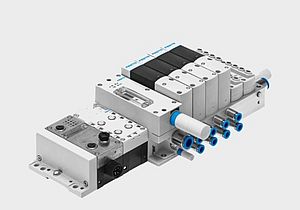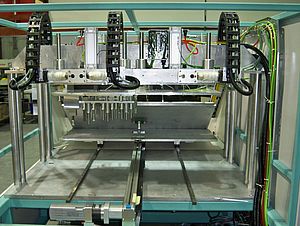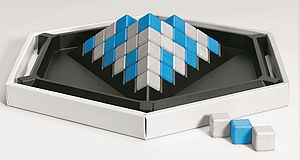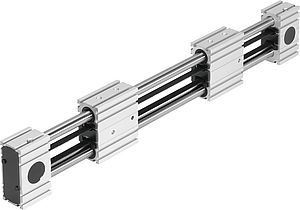Festo has published a new whitepaper "Cartesian handling systems - a technical comparison with conventional robots" to help engineers and designers understand the advantages and disadvantages of various handling systems, so they can increase the productivity and efficiency of their processes.
The whitepaper gives a simple overview of Cartesian and kinematic handling systems, outlining the functional differences between various robotic solutions, as well as highlighting key factors and aids for selecting efficient and economic systems.
"It is important to understand when to select Cartesian, Kinematic and SCARA assembly and handling solutions," says Nigel Dawson, product manager at Festo. "Cartesian systems may lose out on flexibility but they can be optimised for the application in hand, and importantly from a maintenance perspective, they can be assembled from standard parts making them a lot easier to maintain. Parallel rod, Kinematic solutions can be very fast but there are working envelope and payload restrictions. There is no one size fits all approach, each should be considered on their merits."
Energy-efficient 2D and 3D Cartesian systems can be engineered easily and efficiently to linear and rotational applications. They can also incorporate pneumatic, electric, servo-pneumatic or a combination of technologies, achieving optimum movement in terms of efficiency, dynamic response and function, enabling engineers to improve productivity.
































